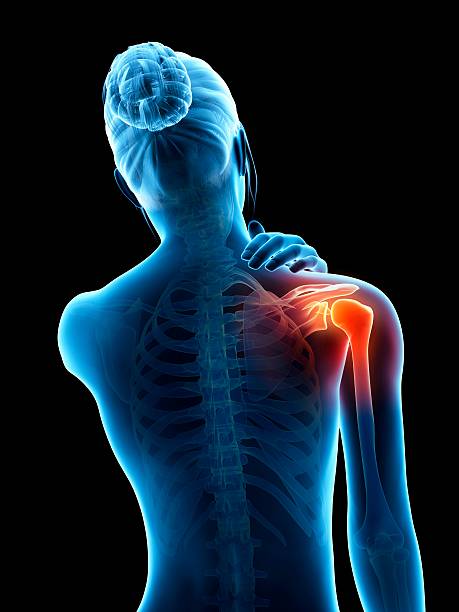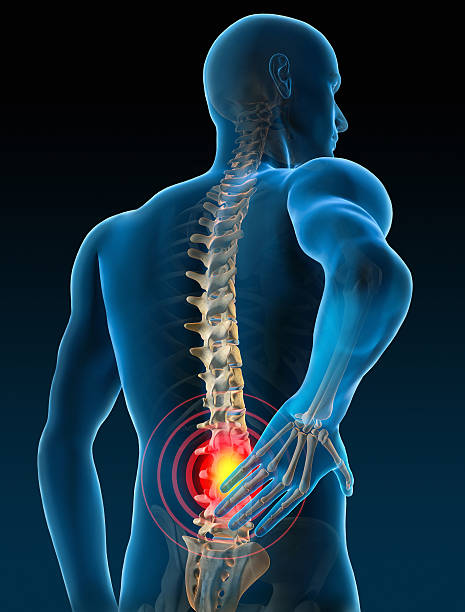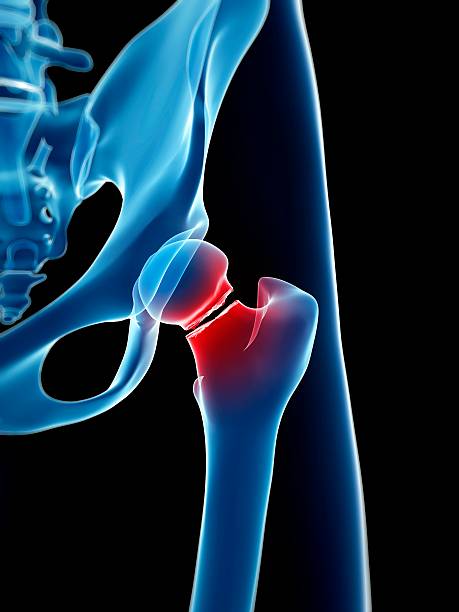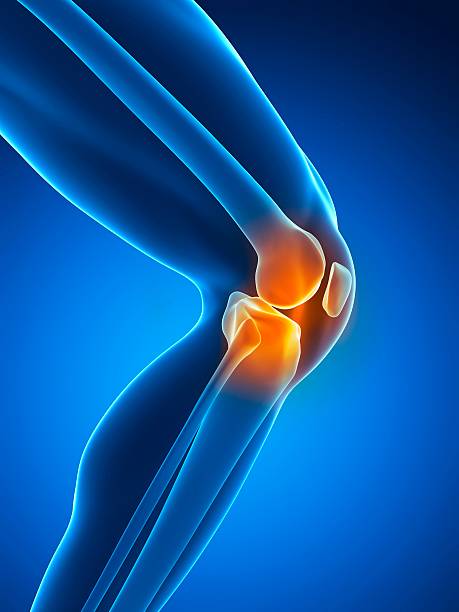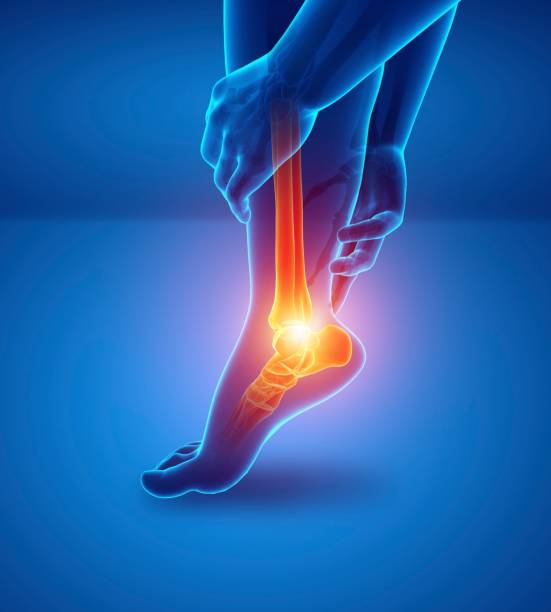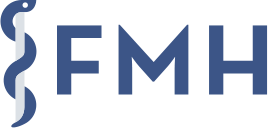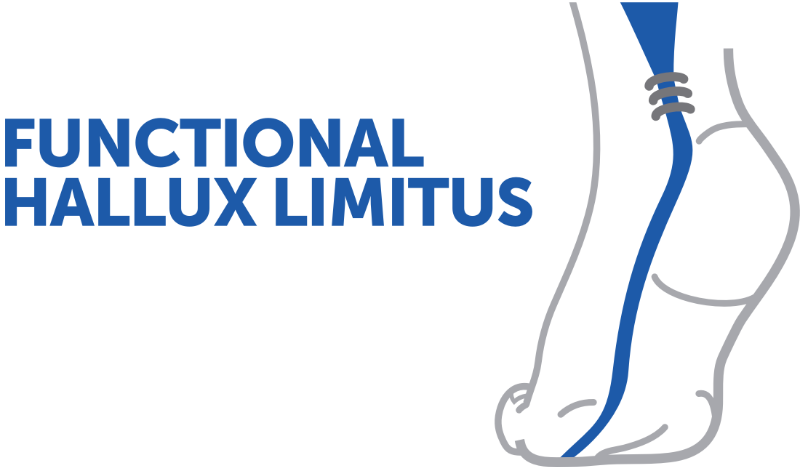Surgical decision criteria for rotator cuff injuries
Doctors
Topics
Treatments
Advice
- Dr. Alec Cikes
- Decision criteria
- Type of injury
- Tendon retraction
- Muscle degeneration
- Surgical options
- Rotator cuff surgery
- Tenotomy
- Reverse prosthesis
- Rehabilitation
- A partial lesion of more than 50% should lead to consideration of surgery
- Muscle quality is essential for tendon repair
- tendon retraction limits the feasibility of complete repair
Information
Video type:
Anatomy:
Thematic:
Deciding to operate on a headgear: a global and functional assessment
The surgical decision for a rotator cuff injury is not limited to age or tear size. It incorporates functional age, activity level (professional and athletic), patient expectations, and impact on daily life. Thus, an elderly but active person may require a different strategy than a sedentary young adult. Clinical assessment specifies pain, range of motion, strength, and stability, while imaging documents the type of injury and tissue quality. In this context, the objective is to identify situations where tendon repair truly improves function and pain, and those where an alternative (rehabilitation, biceps tenotomy/tenodesis, reverse prosthesis) is more appropriate.
The discussion is conducted in a shared manner, explaining the expected benefits, the risks and the recovery schedule.
Type of injury: partial or transfixing, and clinical thresholds
The partial or full-thickness nature of the tear determines the indication. An extensive partial lesion (often beyond approximately 50 % of the thickness) may justify surgical management if it remains painful despite well-conducted conservative treatment. Symptomatic full-thickness tears, particularly after trauma, are more likely to be repaired to restore the strength-mobility ratio. At this stage, clinical correlation is essential, as radiological size alone does not explain functional disability. Planning is based on examination and imaging to anticipate technical difficulty, postoperative protection, and rehabilitation duration.
Tissue quality is probably the most important factor in deciding whether surgery should be indicated.
Tendon retraction and muscle degeneration: limits to repairability
The degree of tendon retraction influences the possibility of reapplying it to its bone footprint. The more marked the retraction, the more uncertain the complete repair becomes and the more exposed to the risk of excessive tension. At the same time, the muscular condition conditions recovery; advanced fatty degeneration (high grades) reduces the strength potential and durability of the repair. In this context, the decision takes into account technical feasibility, but also the foreseeable functional benefit for the patient. When these parameters are unfavorable, an alternative strategy may be preferred to avoid major surgery with uncertain results.
What options are available depending on the patient’s profile?
In a young, active, and symptomatic patient after a traumatic rupture, tendon repair is often preferred, ideally within a reasonable timeframe. In an older patient or when the tissues are damaged, a tenotomy or tenodesis of the long biceps can provide lasting relief, particularly if the pain originates from the rotator cuff. In the presence of an irreparable cuff with marked weakness and arthropathy, reverse prosthesis becomes an option, after informed discussion. Rehabilitation remains a transverse pillar: it optimizes the shoulder before and after surgery, and constitutes in itself a complete treatment for many partial injuries.
A very retracted tendon will be more difficult to repair.
Place of rehabilitation and progression criteria
Physiotherapy first targets pain and mobility, then refocusing and motor control. Progress depends on tolerance, range of motion gained, and muscle quality. Thus, after repair, initial protection gives way to guided mobility work, then strengthening, respecting tendon healing times. In the absence of surgery, a structured program may be sufficient to restore function, with regular reassessments to confirm improvement. Coordinated monitoring between surgeon, sports physician, and physiotherapist allows for fine-tuning of intensity and schedule.
Message to the patient: a personalized and evolving decision
The best option is the one that corresponds to the injury, the tissue, and the life plan. Imaging provides information, but does not decide alone; clinical findings and activity guide the strategy. However, when the retraction is significant or the muscle quality is unfavorable, an alternative to repair may offer a better benefit-risk ratio. Thus, the surgical decision is a time-based one: it is prepared, reassessed after rehabilitation, and adapted to the patient's goals. This pragmatic approach secures recovery and maximizes return to function.
Pathologies treated at the center
Hallux Limitus
Functional
Your pain has a cause.The balance sheet allows us to understand it.
- Gait analysis
- Posture Assessment
- Guidance on the right treatment
- Study of plantar supports and supports
- Detection of compensations
- Pain–movement correlation
The functional assessment allows us to understand how a joint or postural imbalance can trigger or perpetuate pain. Very often, imaging is normal, but movement is disturbed. By analyzing gait, weight-bearing patterns, or posture, we identify the weak links in the chain and guide targeted treatment adapted to the patient's actual mechanics.


